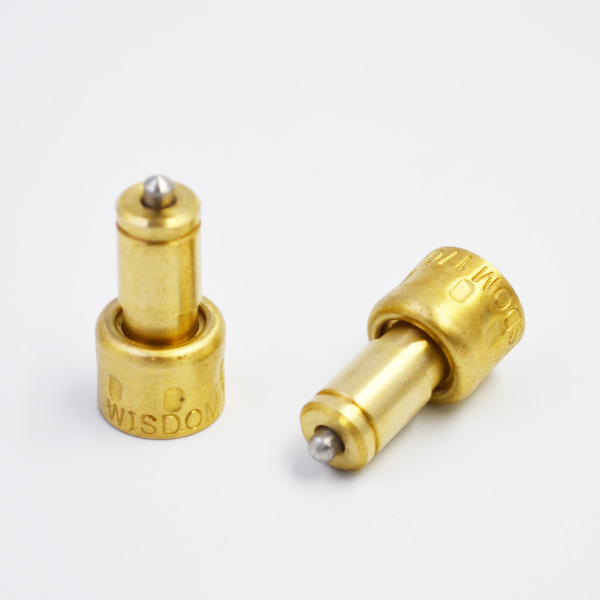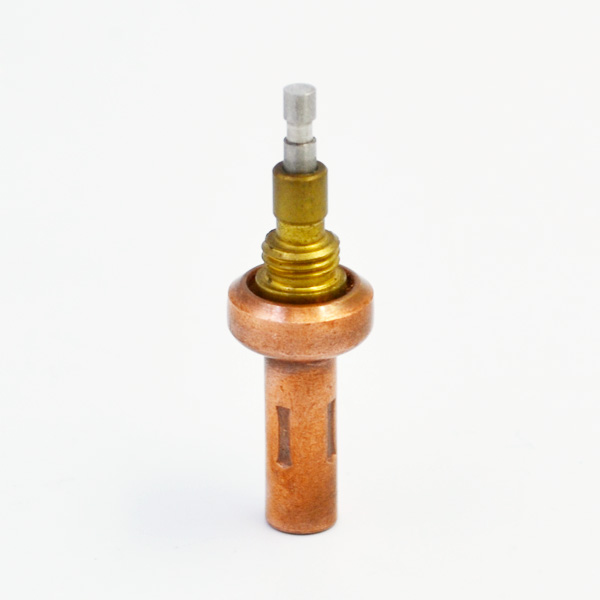PID regulator is often used in vector control system of motor.

Traditional PID regulator can not affect the performance of motor with the change of motor parameters. Fuzzy adaptive tuning PID regulator can adjust the weight of quantization factor, proportion factor and two input variables according to the size of input variables, thus automatically adjusting the fuzzy control rules. Experiments show that the improved PID controller improves the dynamic and steady-state performance of the system, and has strong robustness.
Asynchronous motor is a time-varying system with multi-variable, non-linear and strong coupling. The adaptive speed-free vector control system is sensitive to parameters, and its robustness is often poor due to the variation of motor parameters and load fluctuation. Because of the time-varying and non-linear factors of the parameters of the motor, ordinary PID controllers can not meet the requirements of high performance. Fuzzy adaptive PID controllers not only have the advantages of fuzzy controllers, but also have the advantages of PID controllers, which can adjust the three parameters of the PID on-line, so that they can better meet the dynamic requirements of the system. The state performance improves the robustness of the motor control system.
Traditional PID consists of three parts: proportion, integral and differential. Its general structure is shown in Figure 1 and its step response is shown in Figure 2. Traditional PID has some problems such as overshoot, thermostatic element which affects the performance of the system. The self-tuning PID controller based on fuzzy reasoning is composed of a conventional PID controller and a fuzzy self-tuning mechanism. According to the characteristics of the input signal, such as the size and changing trend, the corresponding decision is made by fuzzy reasoning, and the three parameters of PID are adjusted online, so that the system has strong robustness. According to the influence of PID parameters on vector control system and referring to practical operation experience, appropriate fuzzy control tables such as Table 1, Table 2 and Table 3 are established. In order to increase the contrast, Fig.

3 is the traditional PID control under the same conditions (fig. 3). Compared with Fig. 2 and Fig. 4, it can be seen that the fuzzy adaptive control can make the system response faster, and the overshoot greatly reduced. It has stronger robustness.

And applicability.
